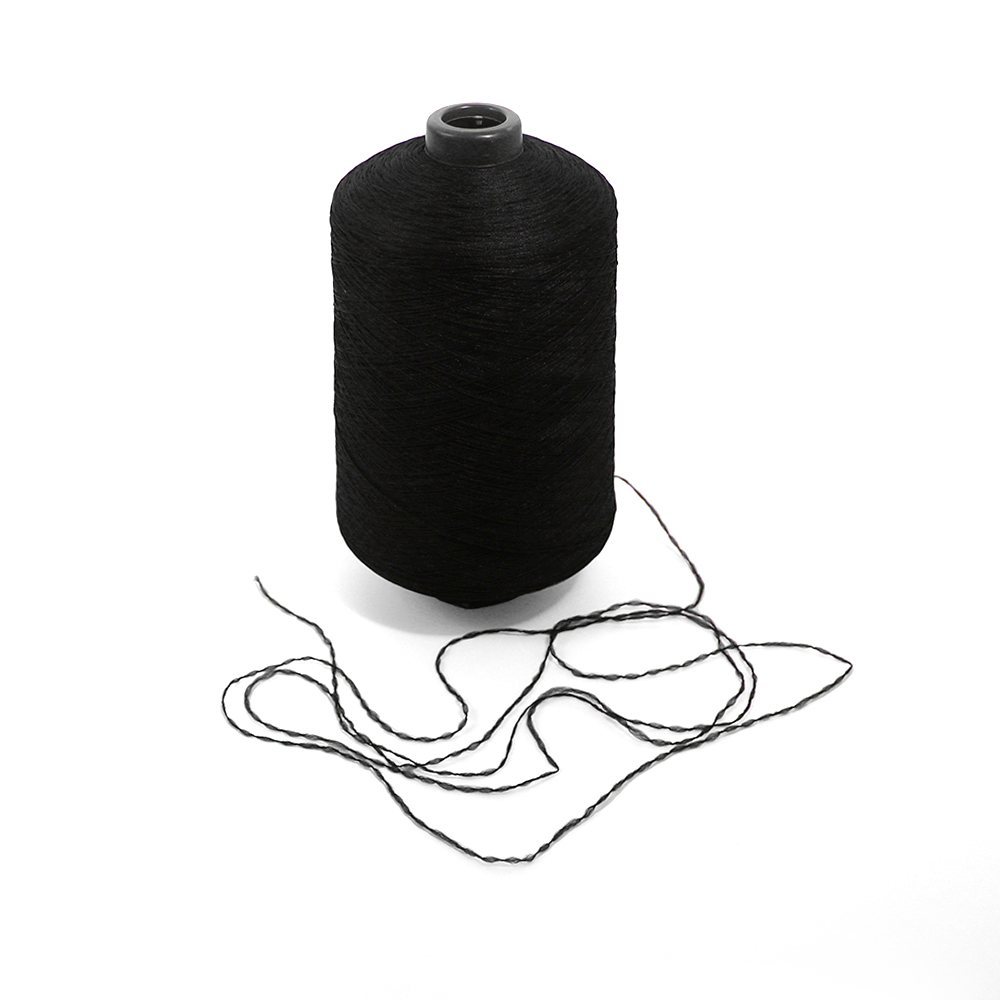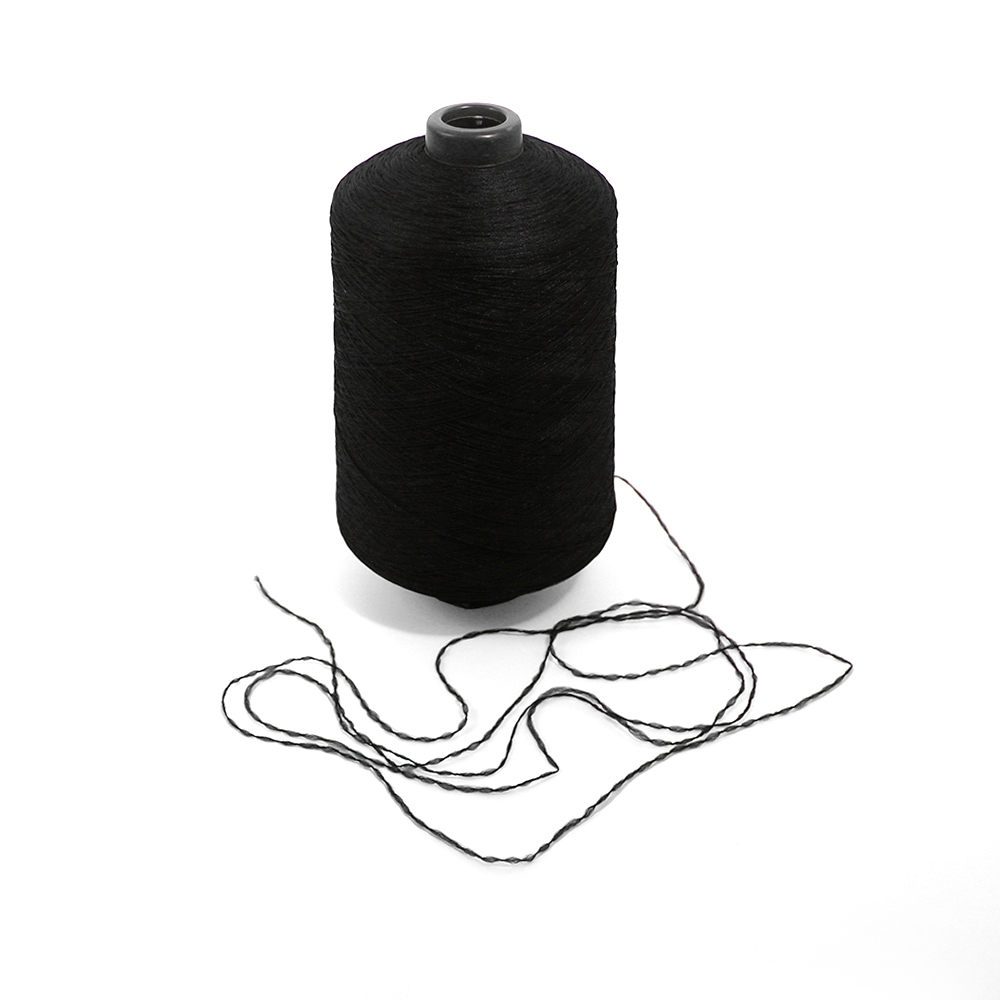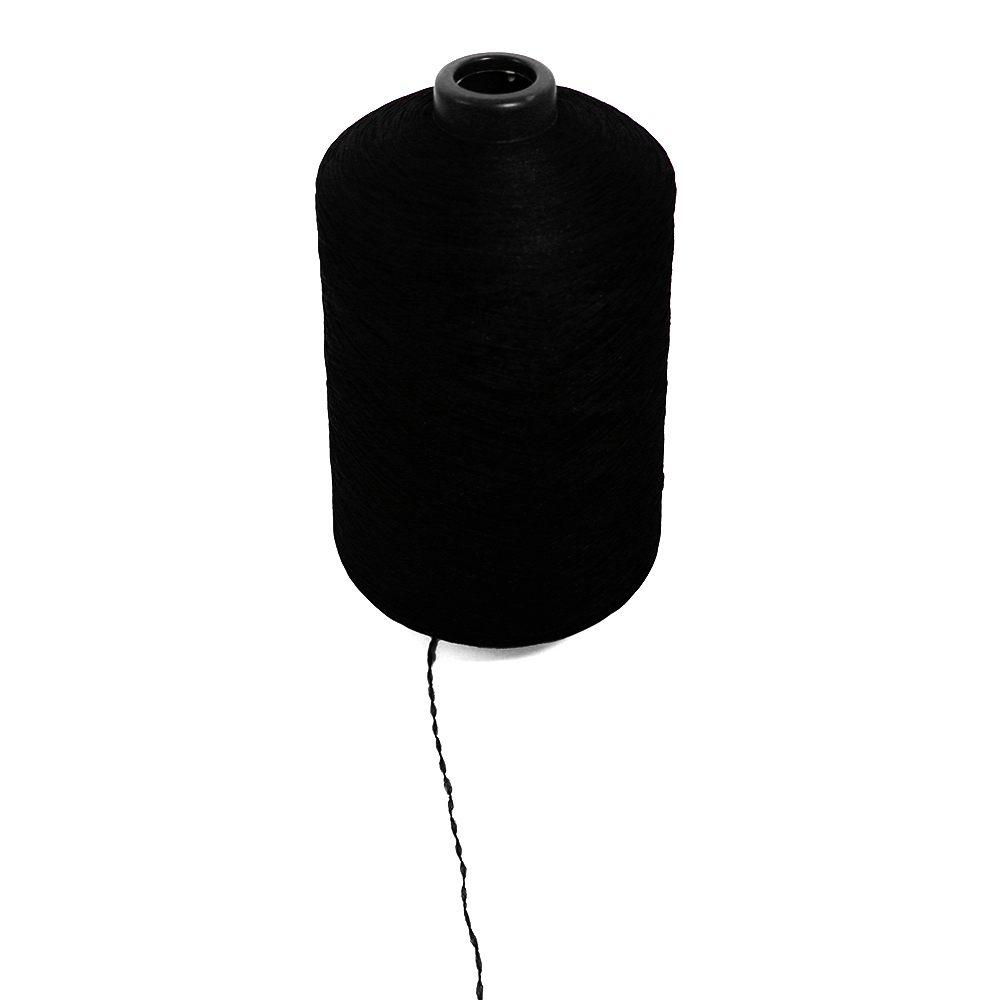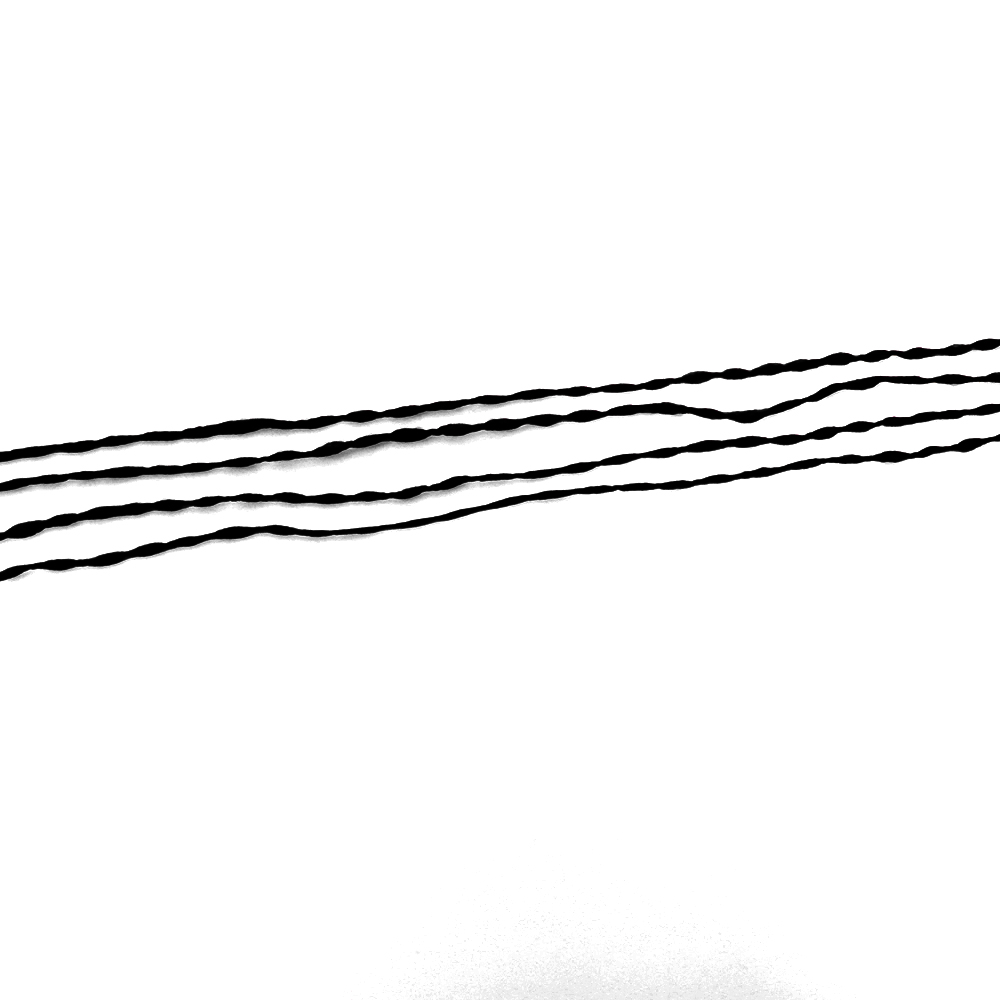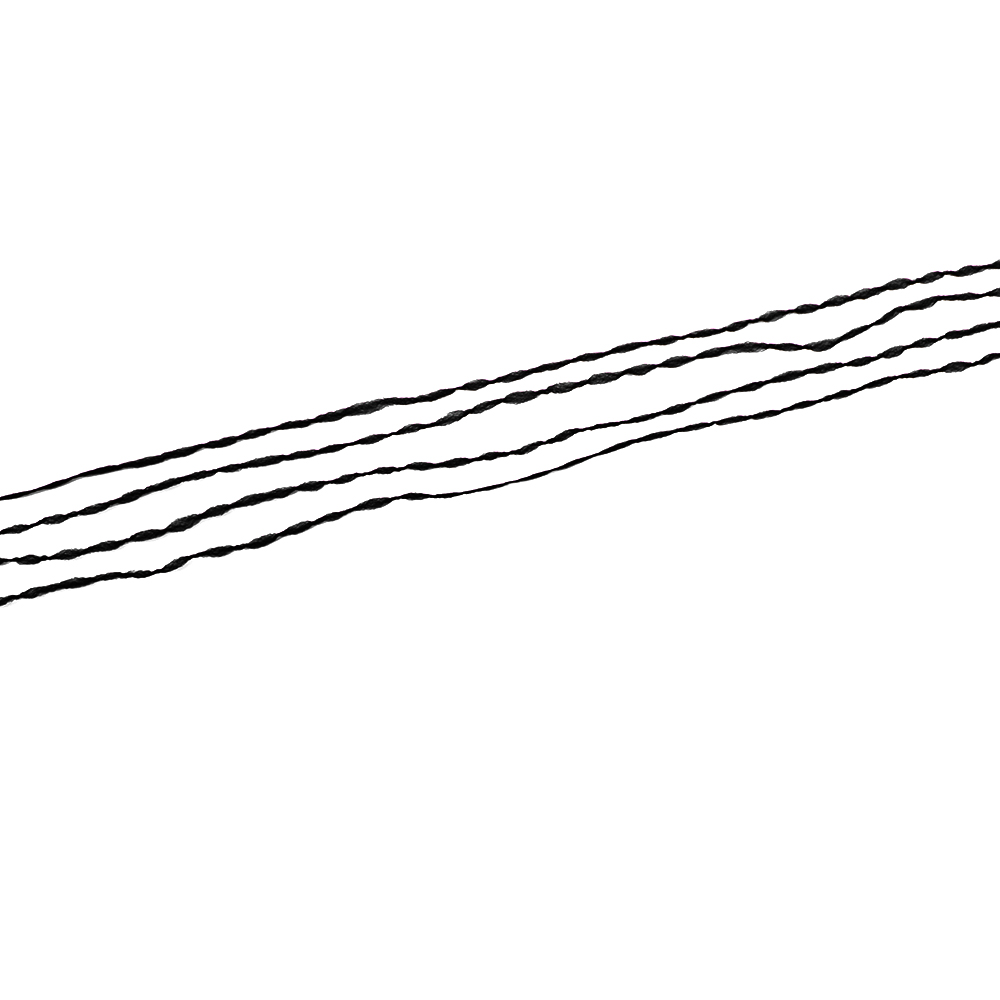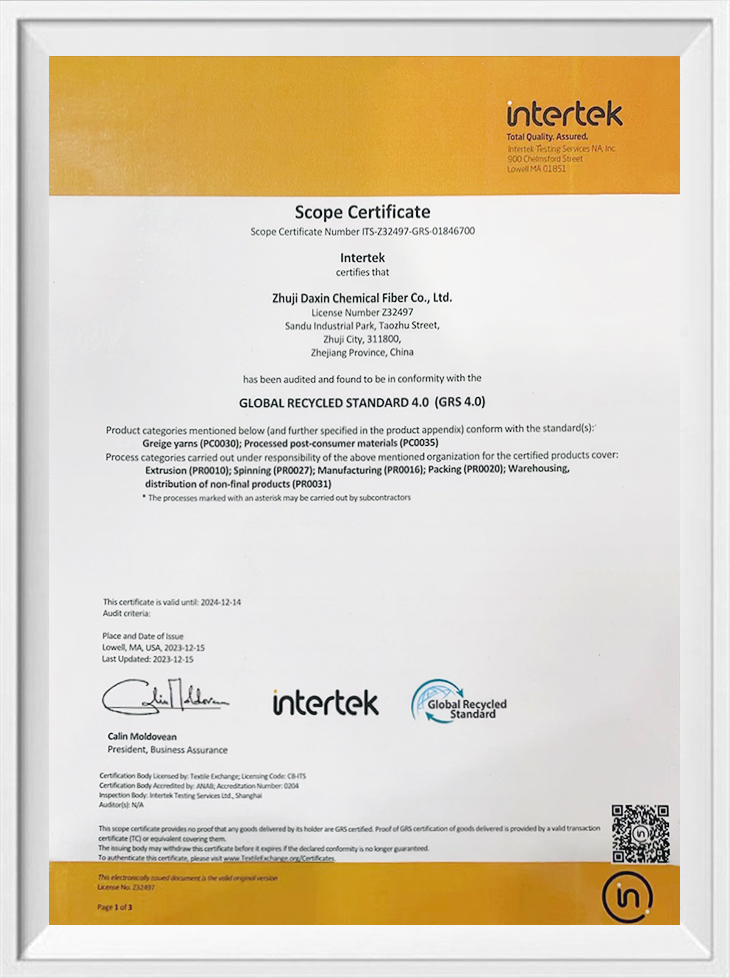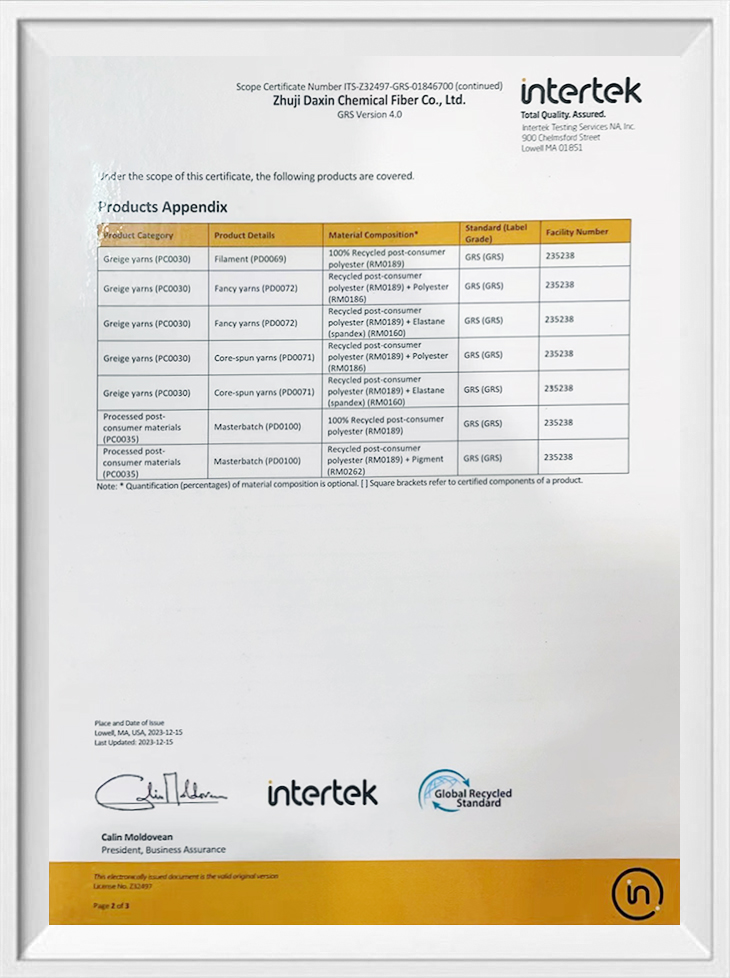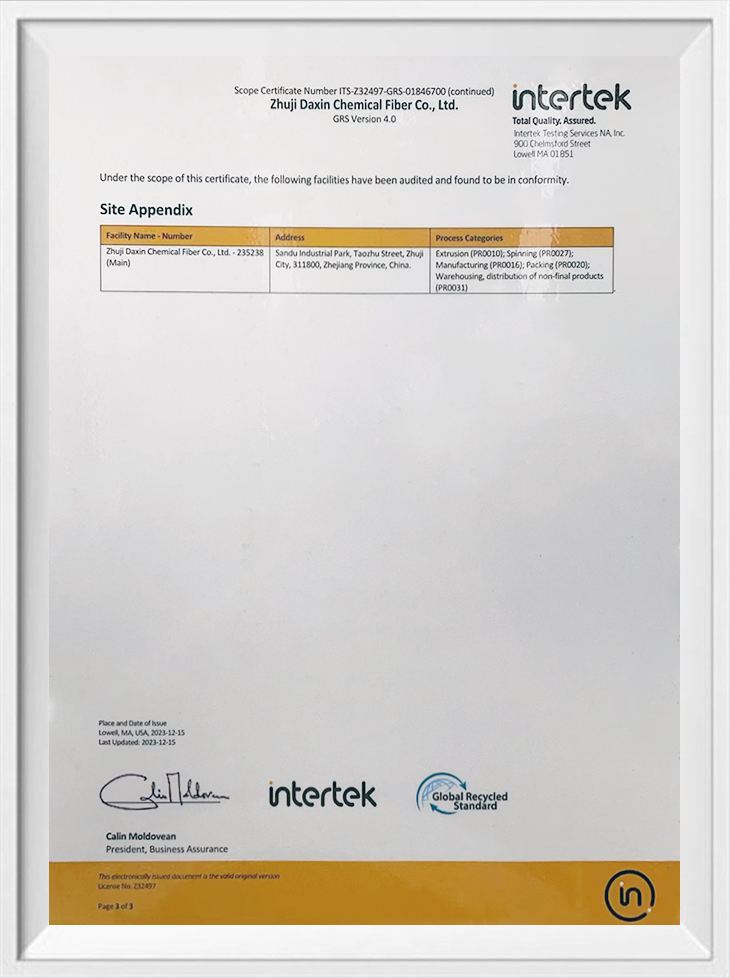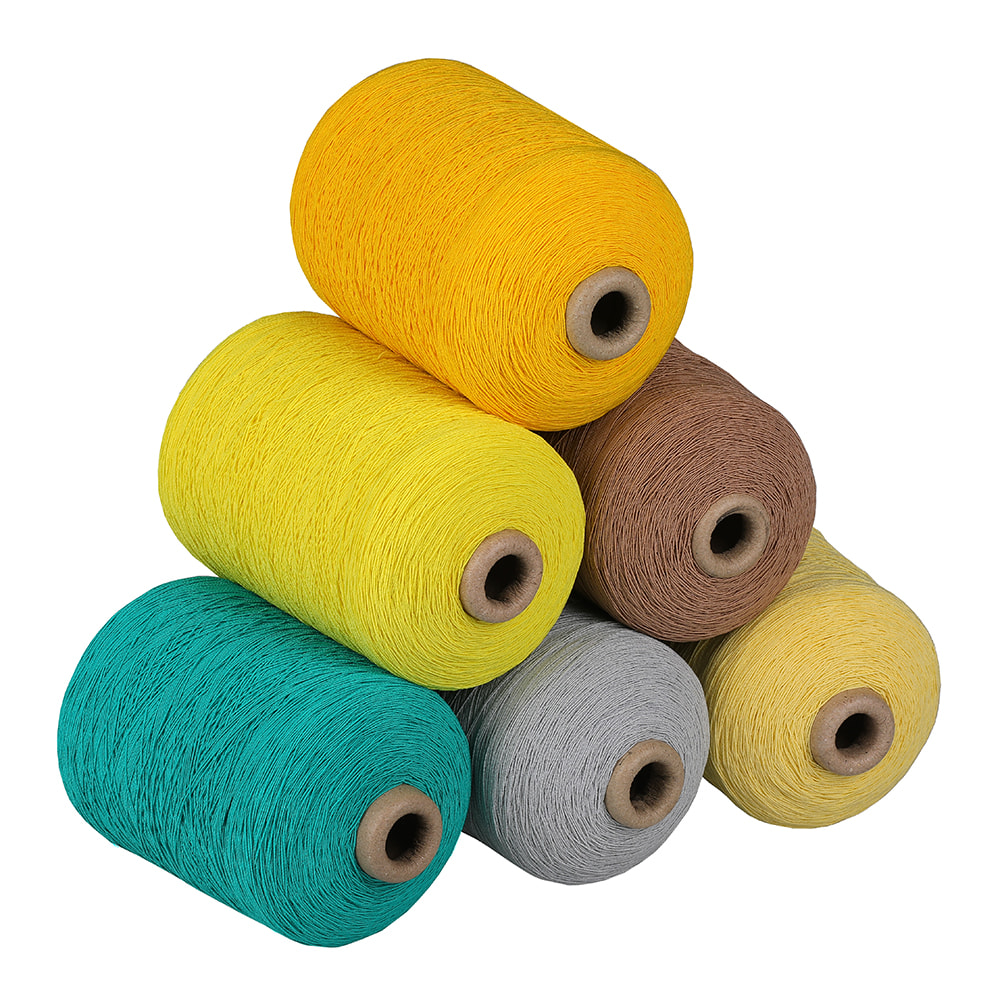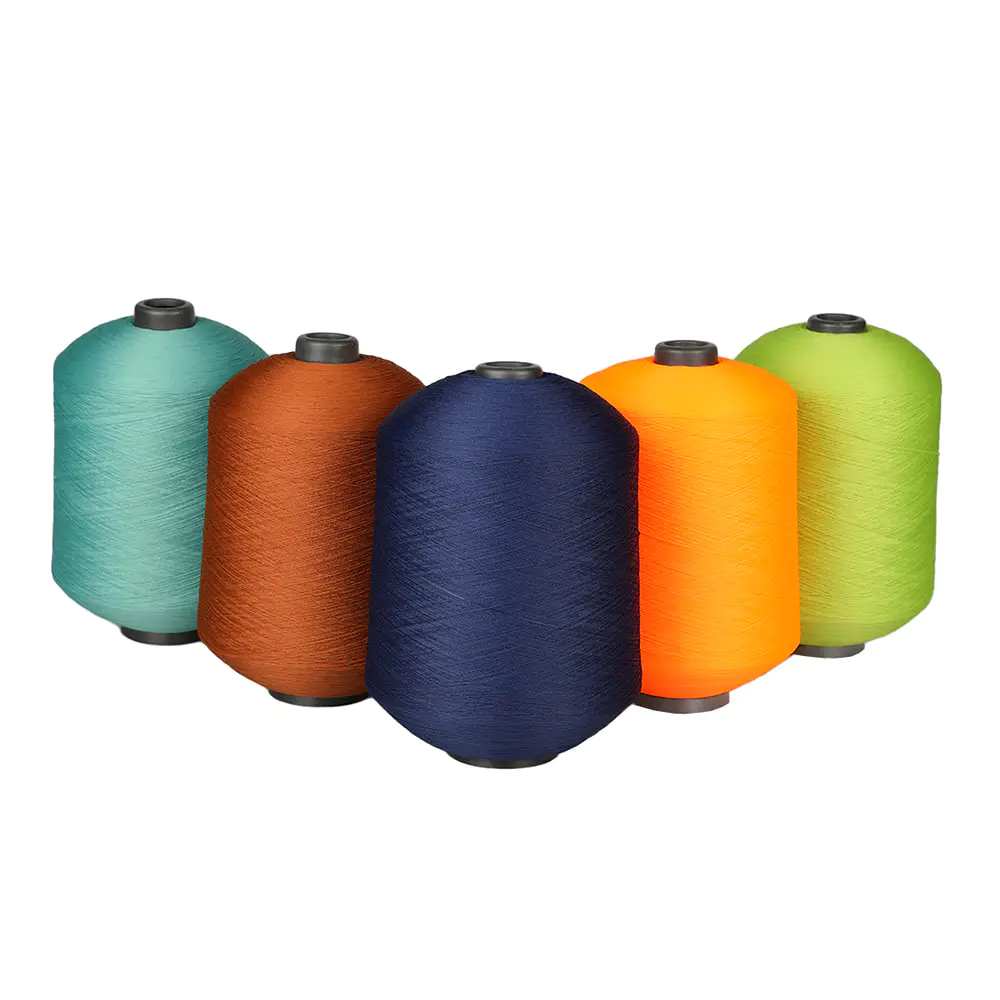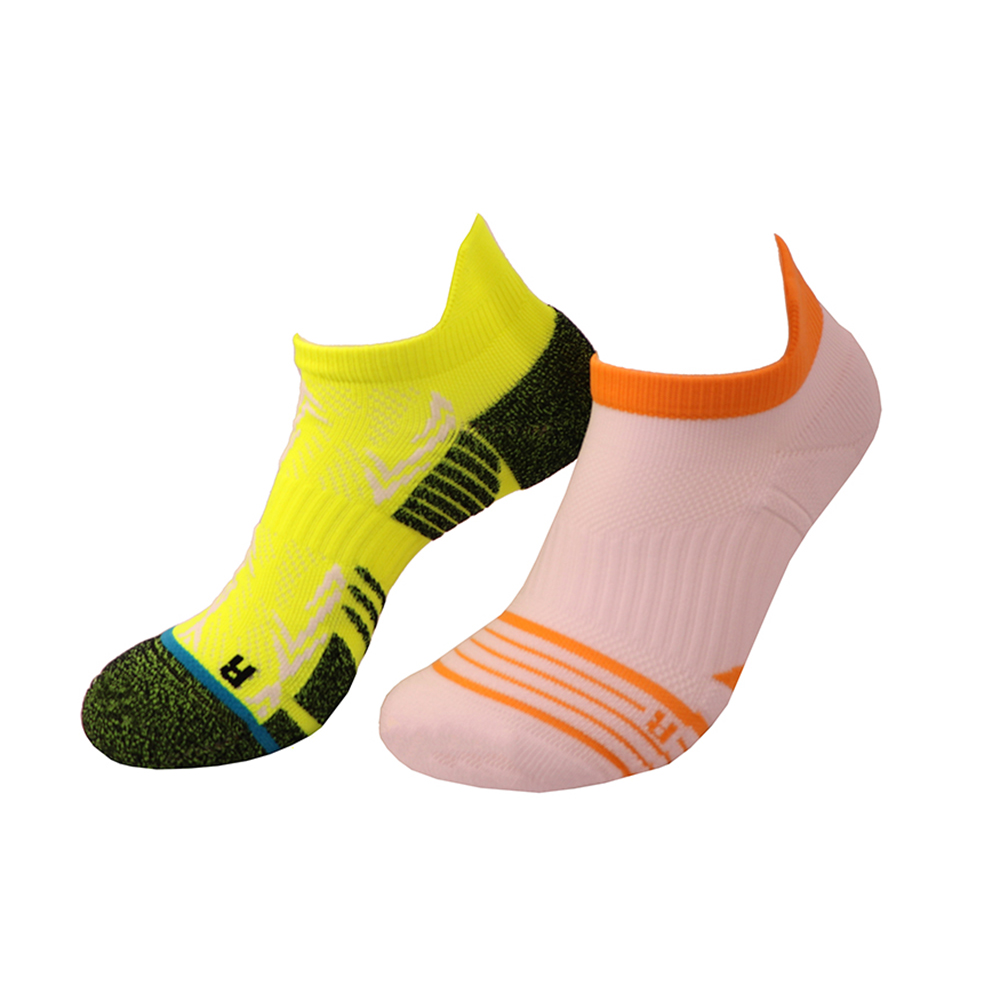What are the specific application cases of polyester network yarn in outdoor equipment?
Polyester network yarn is widely and diversely used in outdoor equipment. Its high strength and wear resistance make it an ideal material for manufacturing high-quality outdoor products. Here are some specific application cases:
Tent fabric: Polyester network yarn is often used for the bottom or side wall fabric of tents because it can withstand friction, pulling and abrasion in outdoor environments. At the same time, polyester network yarn has good air permeability, which helps to maintain air circulation inside the tent and improve the comfort of use. In some high-end tents, polyester network yarn is also specially treated, such as waterproof coating, to enhance its waterproof performance.
Backpack material: Outdoor backpacks need to withstand heavier loads and frequent friction, so the choice of materials is crucial. Polyester network yarn is often used in the bottom, sides and straps of backpacks due to its high strength and wear resistance. This not only prolongs the service life of the backpack, but also ensures that the backpack maintains a stable shape when carrying heavy objects.
Outdoor clothing: Polyester network yarn is also used in the fabrics of outdoor clothing, such as assault jackets, mountaineering pants, etc. These garments need to have good windproof, waterproof and breathable properties to cope with the changing outdoor environment. The fiber structure of polyester network yarn helps to form tiny breathable channels, allowing air and water vapor to pass through while blocking external water droplets and wind.
Safety nets and protective equipment: In high-risk outdoor activities such as rock climbing and mountaineering, polyester network yarn is also used to make safety nets and protective equipment. Its high strength and wear resistance ensure that these equipment can play a stable protective role at critical moments to prevent accidents.
Although polyester network yarn is widely used in outdoor equipment, there may be differences in performance between different brands and models of polyester network yarn. Therefore, when choosing outdoor equipment, consumers should carefully compare the materials, performance and quality of different products according to their needs and budget.
How does the performance of polyester network yarn in safety protection products compare with other materials?
Polyester network yarn has excellent performance in safety protection products, and its unique physical and chemical properties make it stand out among many materials. The following is a comparative analysis of the performance of polyester network yarn and other common materials in safety protection products:
Strength and wear resistance
Polyester network yarn:
It has extremely high strength, and its impact strength is 4 times that of cotton nylon and 20 times that of viscose fiber (source: Baidu Encyclopedia). This high strength property makes polyester network yarn perform well when subjected to external forces and is not easy to break or damage.
It is also very wear-resistant and can maintain good performance in high-intensity use environments, and is not easy to wear or pilling. This is especially important for safety protection products that require frequent friction or heavy pressure.
Other materials:
Cotton nylon: Although it also has certain strength and wear resistance, it is weaker than polyester network yarn.
Viscose fiber: Both strength and wear resistance are inferior to polyester network yarn, and it is more suitable for occasions where strength requirements are not high.
Nylon: Although it is also very strong, it may not be as stable as polyester in certain specific environments (such as high temperatures).
Corrosion resistance
Polyester network yarn:
It has excellent corrosion resistance and can be used safely in harsh environmental conditions. Whether it is acidic, alkaline or other chemicals, polyester network yarn can show good corrosion resistance.
Other materials:
The corrosion resistance of different materials varies greatly. For example, metal materials are prone to rust in humid or corrosive environments; while some synthetic fibers (such as nylon) are strong, but may show weak corrosion resistance in the face of certain specific chemicals.
Breathability
Polyester network yarn:
It has relatively good breathability and can maintain air circulation to a certain extent, reducing accumulated moisture and odor. This is especially important for safety protection products that need to be worn for a long time.
Other materials:
Breathability varies from material to material. For example, some materials with strong sealing properties (such as some rubber or plastic composite materials) have excellent protection properties, but poor breathability, and long-term wear may cause discomfort.
Lightness
Polyester interlocking yarn:
Due to the lightweight nature of polyester filaments, safety equipment made of polyester interlocking yarn is very light and easy to carry and wear. This is especially important for situations that require quick response or long-term wear.
Other materials:
Lightness also depends on the density and weight of the material. For example, metal materials are usually heavier; and some lightweight synthetic fibers (such as nylon) may not be as outstanding in lightness as polyester interlocking yarn, although they are strong.

 English
English 中文简体
中文简体 Español
Español